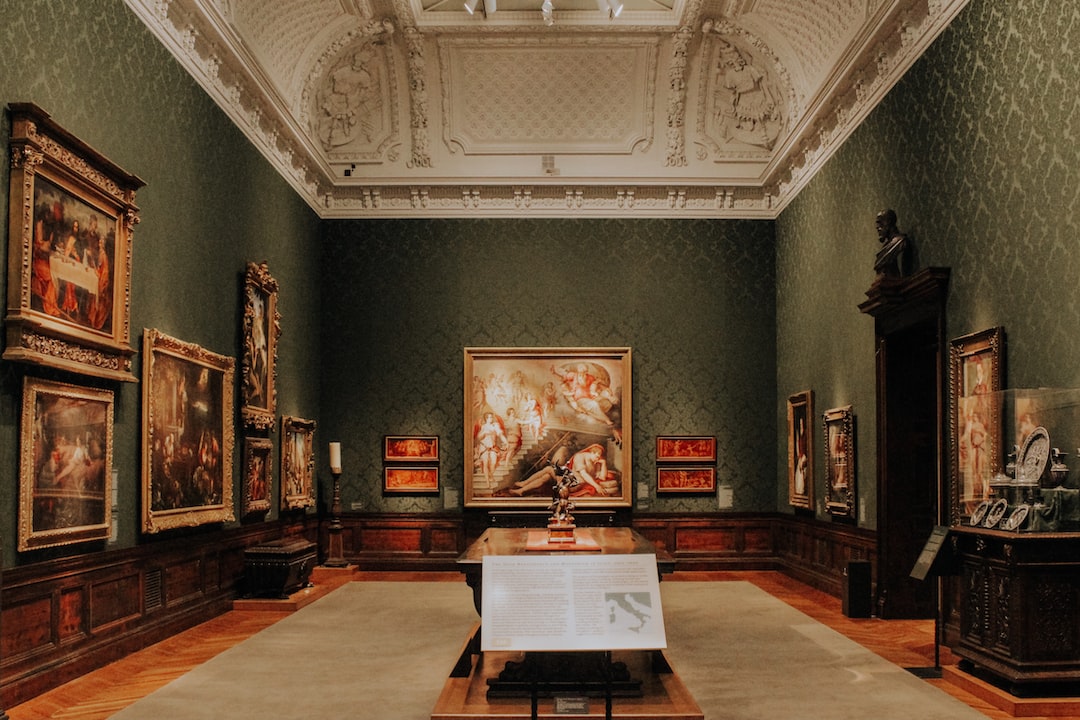Capturing Emotions in Portraits: A Skillful Artistic Venture
Portraits have always been an integral part of the art world, allowing artists to delve into the depths of human emotions and capture them on a canvas. From renowned painters like Leonardo da Vinci and Vincent van Gogh to contemporary photographers, capturing emotions in portraits has been a skillful artistic venture that has fascinated viewers for centuries.
Emotions are the essence of the human experience, and depicting them in a static form is a challenge that artists have embraced throughout history. In a world full of constant movement and fleeting moments, the ability to freeze an emotion in time is truly remarkable.
One of the most important elements in capturing emotions in portraits is the ability to establish a connection with the subject. Whether it is a painter working with a live model or a photographer interacting with their subject, establishing rapport is crucial to uncovering the true emotions hidden beneath the surface.
A skilled artist knows how to communicate with their subjects, making them feel comfortable and allowing their emotions to shine through. This requires a deep understanding of human nature and the ability to read subtle cues, such as body language and facial expressions, in order to capture the essence of an emotion.
Another important aspect of capturing emotions in portraits is the use of technique and composition. Artists employ various techniques to convey different emotions, using elements such as color, lighting, and brushstrokes to evoke a particular mood.
For example, a portrait bathed in warm, golden hues might convey a sense of happiness or joy, while cool tones and shadows could evoke a feeling of melancholy or introspection. Similarly, a photographer might experiment with different lighting setups to highlight specific aspects of a subject’s face and emphasize their emotions.
The power of a portrait lies not only in the subject’s expression but also in the artist’s interpretation of that emotion. It is an art form that requires not only technical skill but also a unique perspective and the ability to infuse the artwork with one’s own emotions and experiences.
Capturing emotions in portraits also allows the artist to tell a story. Every human face is a canvas filled with countless narratives, waiting to be discovered and shared. Through the careful observation of nuances and the meticulous rendering of details, an artist can uncover a subject’s life story and offer viewers a glimpse into their world.
Additionally, portraits have the power to evoke emotions in the viewers themselves. A well-executed portrait can resonate deeply with the audience, triggering a range of emotions and creating a connection between the viewer and the subject.
In conclusion, capturing emotions in portraits is a skillful artistic venture that requires a deep understanding of human nature, technical mastery, and the ability to establish a connection with the subject. Through the use of various techniques and compositions, artists can freeze moments of intense emotion, creating timeless artworks that resonate with viewers on a profound level.
Portraits have the ability to transcend time and space, allowing us to connect with the emotions of people from different eras and cultures. They serve as a testament to the power of art to evoke emotions and tell stories that transcend language and time. So, the next time you come across a portrait that speaks to you, take a moment to appreciate the artist’s skillful portrayal of emotions and the connection it creates between you and the subject.

